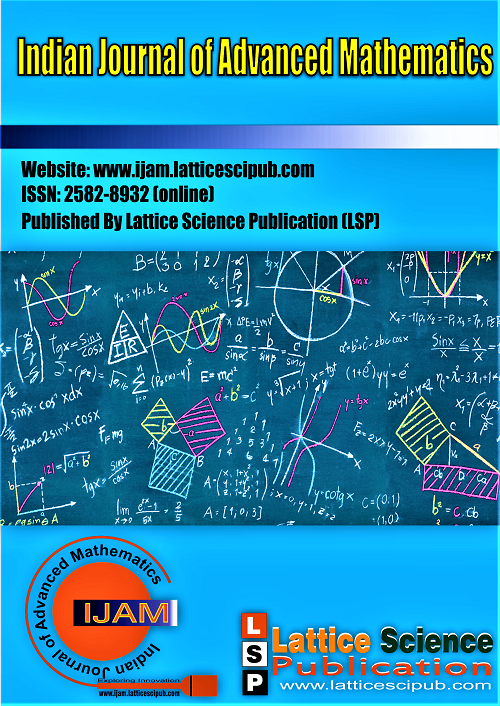An Elementary Proof for Fermat's Last Theorem using Three Distinct Odd Primes F, E and R
Main Article Content
Abstract
In number theory, Fermat’s Last Theorem states that no three positive integers a, b and c satisfy the equation a n + b n = c n where n is any integer > 2. Fermat and Euler had already proved that there are no integral solutions to the equations x 3 + y3 = z3 and x4 + y4 = z4 . Hence it would suffice to prove the theorem for the index n = p, where p is any prime > 3. In this proof, we have hypothesized that r, s and t are positive integers in the equation r p + sp = tp where p is any prime >3 and prove the theorem using the method of contradiction. We have used an Auxiliary equations x 3 + y3 = z3 along with the main equation rp + sp = tp , which are connected by means of transformation equation through the parameters. Solving the through transformation equations we get the result rst = 0, showing that only a trivial solution exists in the main equation.
Downloads
Article Details

This work is licensed under a Creative Commons Attribution-NonCommercial-NoDerivatives 4.0 International License.
How to Cite
References
Hardy G. H. and Wright E. M., An introduction to the theory of numbers, 6th ed. Oxford University Press, 2008, pp. 261-586. DOI: https://doi.org/10.1080/00107510903184414
Lawrence C. Washington, Elliptic Curves, Number Theory and Cryptography, 2nd ed. 2003, pp. 445-448. DOI: https://doi.org/10.1201/9781420071474
Andrew Wiles, Modular Elliptic Curves and Fermat's Last Theorem, Annals of Mathematics, 1995; 141(3); pp.443-551. DOI: https://doi.org/10.2307/2118559
13 Lectures on Fermat's Last Theorem by Paulo Ribenboim, Publisher: Springer , New York , originally published in 1979, pages 159. DOI: https://doi.org/10.1007/978-1-4684-9342-9
P. N Seetharaman. (2024). An Elementary Proof for Fermat’s Last Theorem using Ramanujan-Nagell Equation. In Indian Journal of Advanced Mathematics (Vol. 4, Issue 2, pp. 10–15). DOI: https://doi.org/10.54105/ijam.b1180.04021024
Chithra, P. L., & Sathya, K. (2020). A Novel Encryption Algorithm by Fusion of Modified Blowfish Algorithm and Fermat’s Little Theorem for Data Security. In International Journal of Innovative Technology and Exploring Engineering (Vol. 9, Issue 4, pp. 1188–1192). DOI: https://doi.org/10.35940/ijitee.c8684.029420
Bashir, S. (2023). Pedagogy of Mathematics. In International Journal of Basic Sciences and Applied Computing (Vol. 10, Issue 2, pp. 1–8). DOI: https://doi.org/10.35940/ijbsac.b1159.1010223
Selvarathi, M. (2019). Algebraic Properties of Implication-Based Anti-Fuzzy Subgroup over a Finite Group. In International Journal of Engineering and Advanced Technology (Vol. 9, Issue 1s4, pp. 1116–1120). DOI: https://doi.org/10.35940/ijeat.a1208.1291s419
Peter, M. U. (2024). An Exploration of Some Special Functions and their Applications. In International Journal of Advanced Engineering and Nano Technology (Vol. 11, Issue 5, pp. 1–11). DOI: https://doi.org/10.35940/ijaent.b4329.11050524





